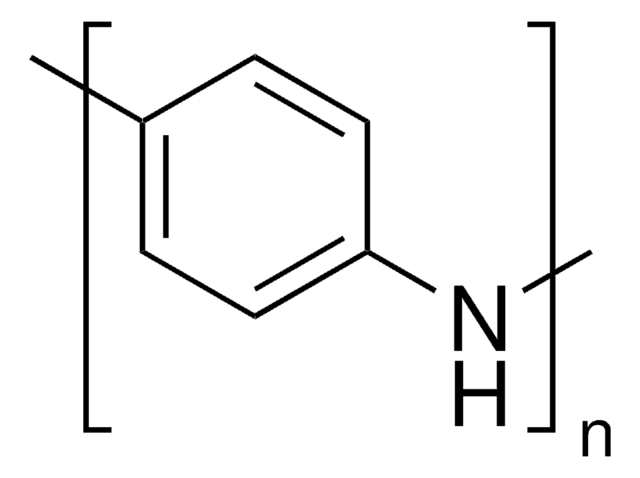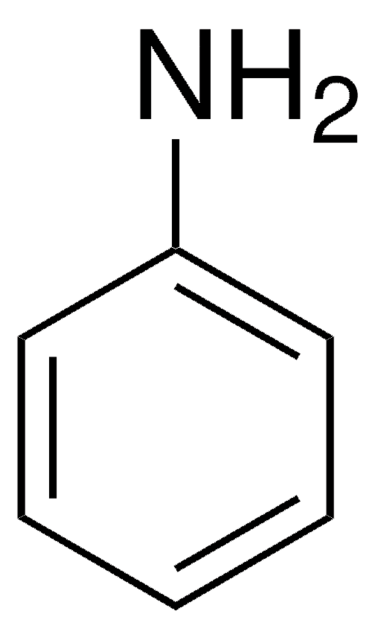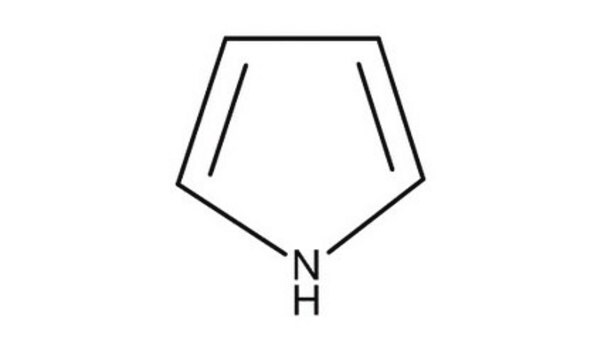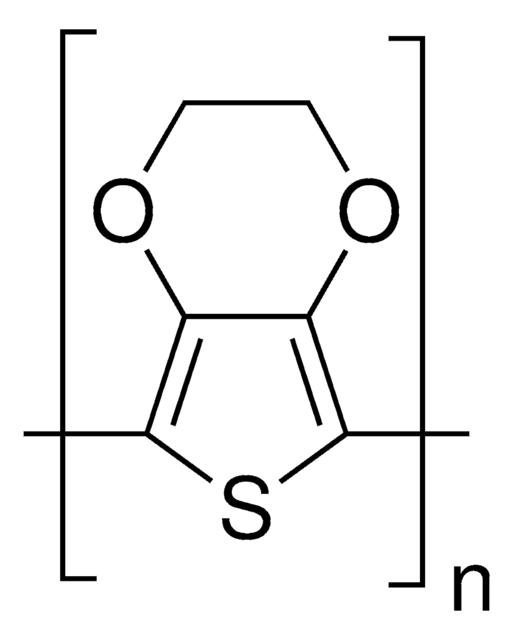530573
Polypyrrole
doped, conductivity 30 S/cm (bulk), extent of labeling: 20 wt. % loading, composite with carbon black
Sinonimo/i:
PPy
About This Item
Prodotti consigliati
Livello qualitativo
Stato
solid
contiene
proprietary organic sulfonic acid as dopant
Grado di funzionalizzazione
20 wt. % loading
Punto di fusione
>300 °C
Solubilità
H2O: insoluble
organic solvents: insoluble
Stringa SMILE
[nH]1cccc1
InChI
1S/C4H5N/c1-2-4-5-3-1/h1-5H
KAESVJOAVNADME-UHFFFAOYSA-N
Cerchi prodotti simili? Visita Guida al confronto tra prodotti
Categorie correlate
Descrizione generale
Applicazioni
Confezionamento
Codice della classe di stoccaggio
11 - Combustible Solids
Classe di pericolosità dell'acqua (WGK)
WGK 3
Punto d’infiammabilità (°F)
Not applicable
Punto d’infiammabilità (°C)
Not applicable
Scegli una delle versioni più recenti:
Possiedi già questo prodotto?
I documenti relativi ai prodotti acquistati recentemente sono disponibili nell’Archivio dei documenti.
I clienti hanno visto anche
Articoli
The application of conducting polymers at the interface with biology is an exciting new trend in organic electronics research.
While dye sensitization as the basis for color photography has been accepted for a very long time,1 attempts to use this principle for the conversion of solar light to electricity generally had resulted only in very low photocurrents, below 100 nA/cm2.2
Professor Chen (Nankai University, China) and his team explain the strategies behind their recent record-breaking organic solar cells, reaching a power conversion efficiency of 17.3%.
For several decades, the need for an environmentally sustainable and commercially viable source of energy has driven extensive research aimed at achieving high efficiency power generation systems that can be manufactured at low cost.
Global Trade Item Number
| SKU | GTIN |
|---|---|
| 530573-25G | 4061832558561 |
Il team dei nostri ricercatori vanta grande esperienza in tutte le aree della ricerca quali Life Science, scienza dei materiali, sintesi chimica, cromatografia, discipline analitiche, ecc..
Contatta l'Assistenza Tecnica.





